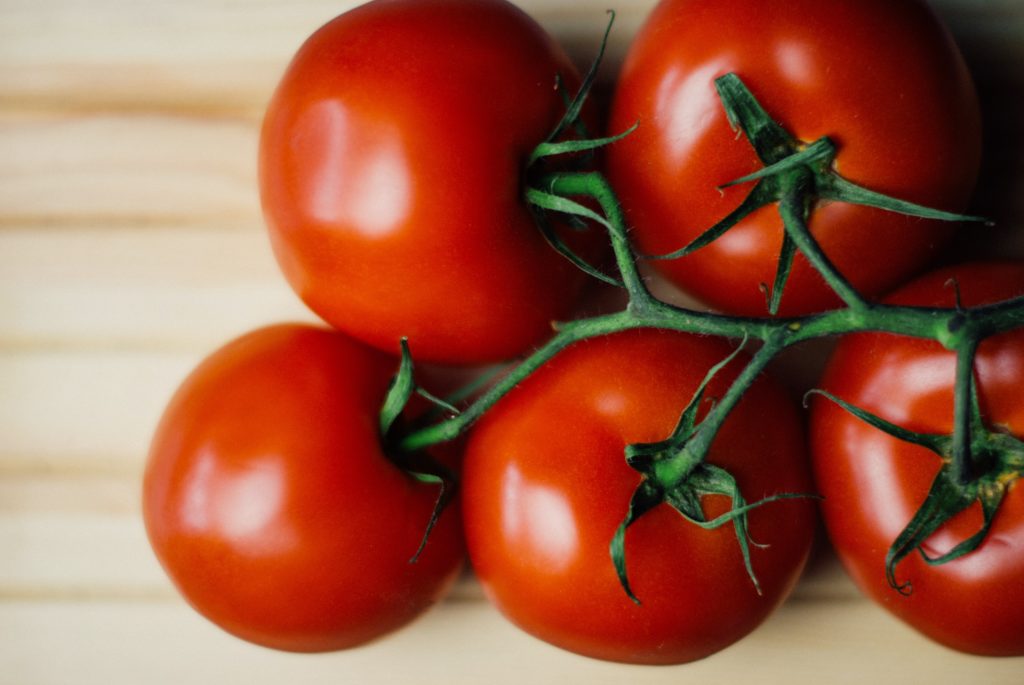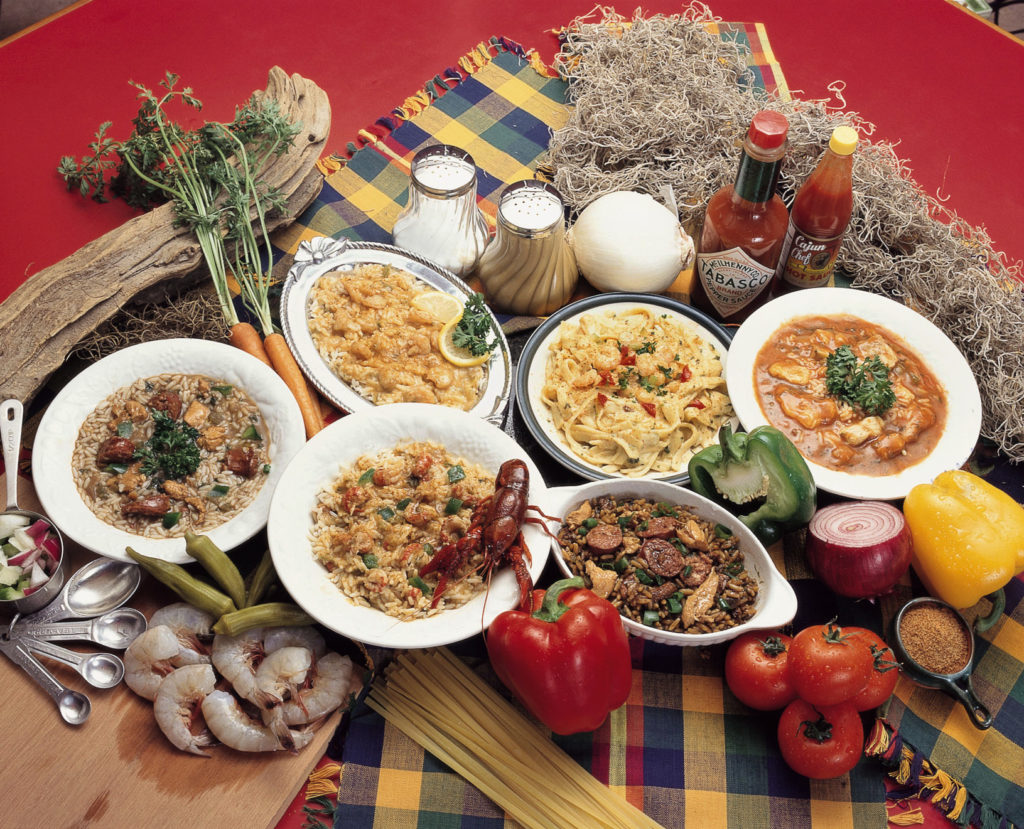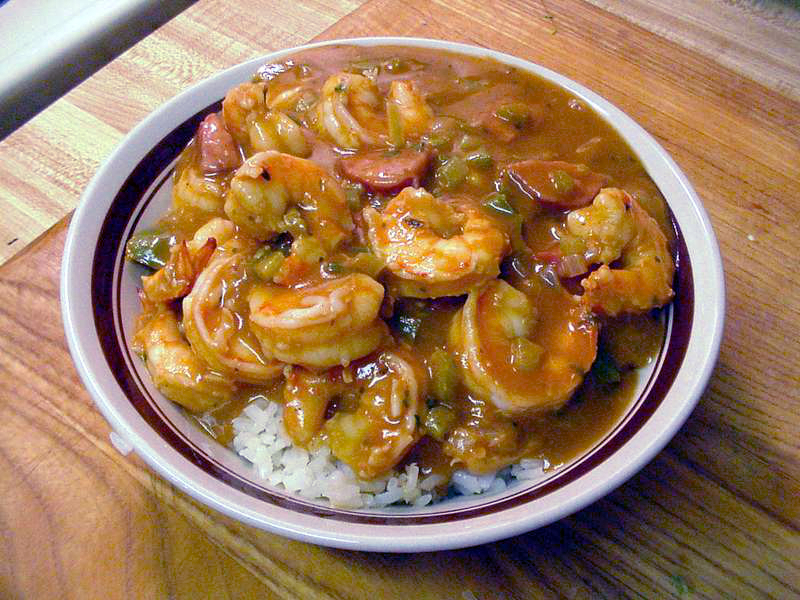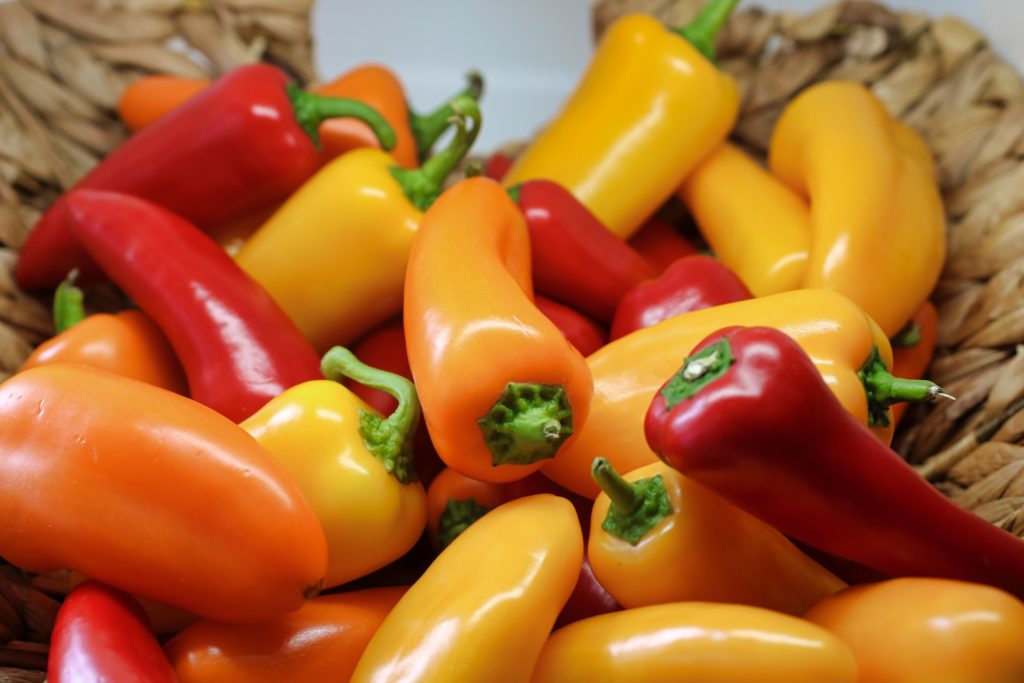
01
Mardi Gras and Creole Cuisine
02
Mardi Gras Vegetable Dishes
03
Mardi Gras Vegetable Garden Ideas
There’s no doubt that our favorite Creole cuisines are doubly delicious with the addition of garden-fresh vegetables from your own backyard. In the spirit of Mardi Gras we’ve compiled some vegetable garden ideas to help you serve the best jambalaya on the block! As an added bonus, you’ll also be serving all the benefits of fresh, healthy vegetables – it’s a win-win!
Mardi Gras and Creole Cuisine
Mardi Gras, which is French for ‘Fat Tuesday’, is a celebration that emphasizes feasting before the fasting begins for Lent on Ash Wednesday. It’s also an incredibly important social event amongst French populations, notably in the state of Louisiana. Common Mardi Gras cuisine is largely influenced by Creole, or people of French-African descent. This is the kind of food you’d find at the big Carnival of New Orleans. It’s also celebrated in rural French Louisiana by Cajun populations, where the cuisine is slightly different.

Mardi Gras Vegetable Dishes
Before making your vegetable garden plans, take the time to look at these delicious Mardi Gras vegetable dishes that inspired our choices for your vegetable garden. And let us just say, you won’t be disappointed!
Jambalaya is a beloved Louisiana favorite, a true staple food to their culture. It usually consists of sausage-like meat along with either seafood, chicken, or pork. It’s flavored with the “Holy Trinity” of vegetables – bell peppers, onions, and celery, along with okra, a green, pod-like vegetable. Sometimes carrots, tomato, and chilis provide additional taste. The meat and vegetables are cooked with the rice and broth and served all together in a bowl.
Similar to jambalaya, Gumbo is a thick, stew-like soup consists mainly of meat and okra and is flavored with Creole and Cajun seasonings. While it’s commonly thickened with okra, it can also be thickened with File powder or a gumbo roux, or a combination of the three. Unlike jambalaya, gumbo can be served over rice but is not typically cooked with rice. This official state dish of Louisiana usually has a tomato base and is also flavored with the “Holy Trinity” of vegetables.
Shrimp Creole is a popular seafood dish, which consists mostly of shrimp and tomatoes. It’s often flavored with – you guessed it – our favorite Creole trio, bell peppers, onions, and celery! Sometimes garlic is included for added flavor or chilli powder for added spice! Like Gumbo, it’s usually served hot, over a fresh bed of rice.

Mardi Gras Vegetable Garden Ideas
With these treasured Creole dishes in mind, you’re ready to start planting! You’ll be prepared to tackle almost any Mardi Gras inspired vegetable dish with these edibles in your garden.
- Onion: We can’t talk about flavorful vegetables for tasty soups and stews without mentioning onions. These cold-season veggies are one of the easiest to grow yourself since they’re hardy to plenty of growing conditions. If you’re starting from seed, plant them in groups of 6-8 and germinate in a comfortable temperature of around 60F. Here in Illinois and Indiana, many people opt to plant sets or immature bulbs instead. These can be planted right into our cold gardens as soon as you can work the soil. You won’t regret planting these versatile vegetables in your garden, as onions can be added to almost any cooked dish out there.
- Bell Pepper: This sweet, zesty plant has endless uses in cooking, and it’s a great addition to your diet since it’s high in many vitamins and antioxidants. When starting seeds, plant three to a pot and pick out the weakest one once they start to sprout. Two pepper plants are grown together as one will often produce a much better yield than two separated pepper plants. Transplant them into the garden once there’s zero
risk of frost since these veggies are pretty sensitive to the cold. Conical wire cages are the perfect shape to help your pepper plant develop beautifully. - Celery: Although celery can prove a little more challenging than the rest of the Holy Trinity, it’s a Creole cuisine staple and a must-have for any Mardi Gras inspired vegetable gardens! Celery is that it has a long maturity time, so it’s wise to start seeding it indoors 8-10 weeks before the last frost date. The trickiest part of growing celery is planting their tiny seeds. We recommend mixing them with sand, sprinkling them over the soil, and lightly covering them with a little bit of soil. Transplant them only when temperatures have reached 50F, and there’s no risk of frost. Make sure they get lots of sun and water to help them grow healthy (and tasty!).
- Tomatoes: Not only do they provide a delicious tangy flavor to soup and pasta, but tomatoes also provide a base for many Creole dishes, including jambalaya and shrimp creole. Seed tomatoes in moist potting soil 8 weeks before the last expected frost. Once they start to sprout, make sure they get lots of bright light by placing them near the sunniest window you have! These plants can grow quite tall and will provide an abundant harvest if you take care of them. Tomato cages will help keep your plants sturdy, allowing them to grow as tall as they reach for the sky!
- Garlic: Plant garlic bulbs mid-fall, allowing them time to establish roots before winter but not so much time that they begin to sprout. Make sure you keep their cloves wrapped in their papery coating as you plant them – this will help the individual cloves to grow into their very own garlic bulb! While it’s not always an essential ingredient, garlic definitely adds taste and value to any dish. Make your Mardi Gras inspired dishes even tastier with some minced up garlic for a stronger flavor. You’ll also be adding plenty of vitamins and minerals that help to reduce the risk of chronic disease and boost your immune system!

Celebrate Mardi gras with the mouth-watering Creole cuisine of Louisiana by serving up these popular dishes with fresh vegetables right from your garden! The vibrant colors of these tasty vegetables will bring the jubilant energy of Mardi gras to your own backyard.
